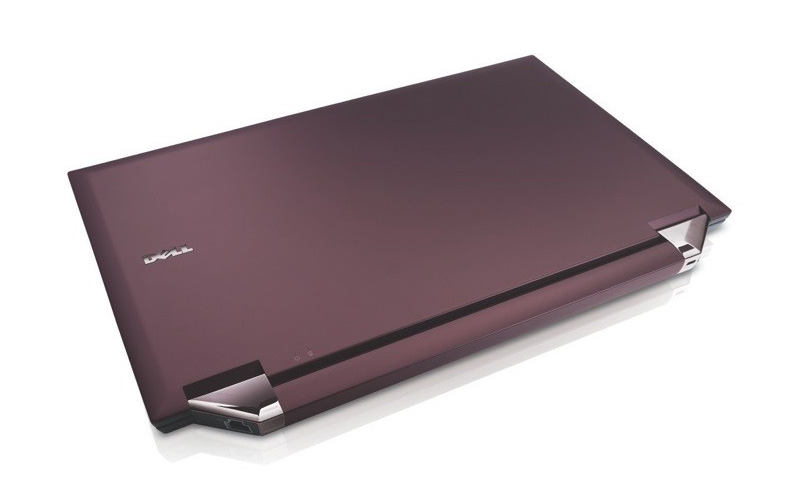
It’s not a secret that many users of portable music players—whether phones, dedicated music devices, PDAs, or whatever—listen to music and other material at high volume. The reasons are simple: as people take these devices out into the everyday world, they try to drown out the sound of everything around them to focus on their music. And drowning out trains, cars, buses, co-workers, and even air circulation systems can require a lot of volume. So users turn up their music players…then turn them up again. And again.
At a conference in Brussels this week, the EU Scientific Committee on Emerging and Newly Identified Health Risks has presented findings that somewhere between five and 10 percent of all portable music player users are risking permanent hearing loss just from listening to music for an hour a day over a period of five years. Prolonged exposure can lead to hearing loss and ringing, called tinitus, for which there is no cure.
The conference, organized by the European Commission, is looking at possible ways to mitigate the risk, such as displaying warnings on players’ screens or setting limits on devices’ output volumes.
The committee has published a report of the common risks associated with personal music players. Generally speaking, listening to music at levels below 80db is considered safe.
Editors' Recommendations
- Scientists want to blanket the Earth in sensors. Their secret weapon? Moths
- Scientists want to grow new human skin using freeze-dried jellyfish from Mexico
- Scientists want to send a $2 billion flagship-class mission to Venus


